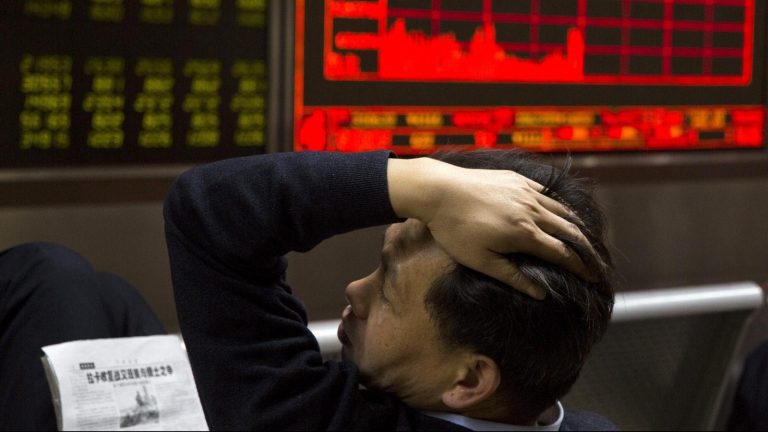
The landscape of Chinese workplaces is undergoing a transformative shift with the integration of Artificial Intelligence (AI). This technological advancement is driving efficiency and productivity to new heights, but it also brings forth significant challenges that need to be addressed with a nuanced understanding and strategic approach.
China’s rapid development and deployment of AI in the workplace are largely market-driven, with minimal regulatory oversight. This has led to a surge in AI applications across various industries, particularly in sectors with lower profit margins where AI tools are aggressively used for workforce management. The country’s political economy has facilitated this accelerated progress, making China a valuable case study for AI’s implications in the workplace on a global scale.
While AI technologies have the potential to dramatically boost productivity, they also pose a risk of exacerbating worker exploitation. The balance of power is tilting further towards employers who control data and algorithms, leaving employees with diminished bargaining power. This is especially true for low-skilled jobs, where workers face increased workloads, stress, and job insecurity due to the pressure to meet both human supervisors’ expectations and algorithmic metrics.
Register for Tekedia Mini-MBA edition 19 (Feb 9 – May 2, 2026): big discounts for early bird.
Tekedia AI in Business Masterclass opens registrations.
Join Tekedia Capital Syndicate and co-invest in great global startups.
Register for Tekedia AI Lab: From Technical Design to Deployment (next edition begins Jan 24 2026).
Here’s how AI is making an impact:
Automation of Routine Tasks: AI-powered robots and machines are taking over repetitive and labor-intensive tasks, allowing human workers to focus on more complex and creative aspects of production.
Quality Control: Intelligent systems equipped with machine learning algorithms are being used to detect defects and ensure product quality, reducing the reliance on human inspection and minimizing errors.
Predictive Maintenance: AI is used to predict equipment failures before they occur, ensuring uninterrupted production and reducing downtime in factories.
Supply Chain Optimization: AI algorithms analyze vast amounts of data to optimize supply chains, making them more efficient and responsive to changes in demand.
Energy Management: AI is helping factories to reduce energy consumption by optimizing the use of machinery and predicting peak energy usage times.
Worker Safety: AI-driven monitoring systems are being deployed to enhance worker safety by identifying potential hazards and preventing accidents.
The integration of AI in Chinese factories is not just about technological advancement; it’s about building a sustainable and competitive manufacturing sector that can thrive in the global market. As AI continues to evolve, it will undoubtedly unlock new potentials and opportunities for innovation in the manufacturing industry.
The McKinsey Global Institute study highlights that half of all work activities in China could be automated, presenting the nation with the world’s largest automation potential. However, this also means that the workforce must rapidly adapt to these changes or risk being left behind.
The swift integration of AI in Chinese workplaces underscores the need for comprehensive policy evaluation to mitigate negative consequences. International policymakers can draw important lessons from China’s experience to ensure that the development of AI in workplaces globally is balanced and beneficial for all stakeholders involved.
The use of AI in Chinese workplaces is a testament to the country’s ability to harness technology for economic growth. However, it also serves as a cautionary tale of the potential pitfalls of unchecked AI deployment. As AI continues to evolve, it is imperative that its integration into the workforce is accompanied by thoughtful regulation and consideration for the well-being of employees. The future of work depends on our ability to strike a balance between embracing innovation and protecting the rights and interests of workers.



